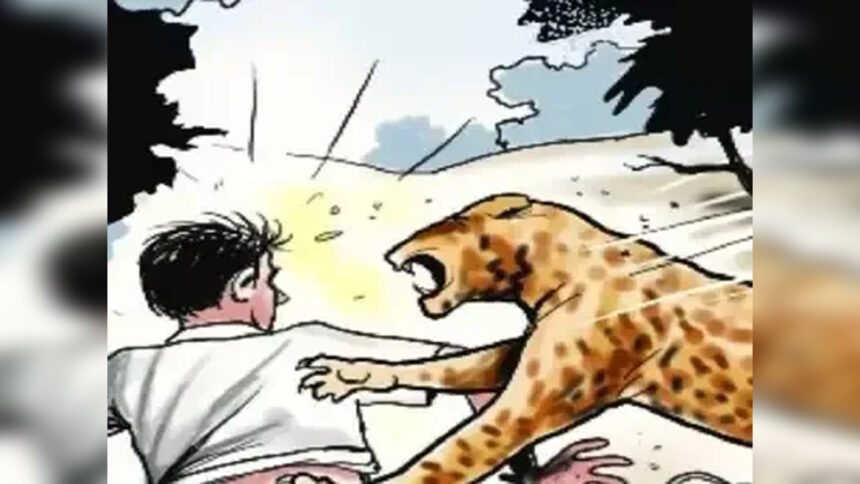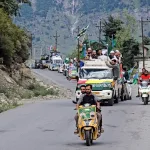Drass, May 25: In a significant stride towards promoting harmony between humans and wildlife, a state-of-the-art bear-proof corral has been officially handed over to the residents of Azuri village in Drass. The initiative, aimed at reducing bear-related conflicts, was led by the Councillor of Upper Constituency, Abdul Samath, under the Himalayan Brown Bear Conservation Project—a collaborative effort between WWF-India and the Wildlife Department, Kargil.
Designed to safeguard livestock and property from frequent bear incursions, the corral represents a practical and community-centred solution to a long-standing challenge in the high-altitude regions of Ladakh. Drass, known for its rugged terrain and fragile ecosystem, has seen an increase in human-wildlife encounters in recent years, primarily involving the endangered Himalayan Brown Bear.
The bear-proof enclosure forms part of a broader strategy to reduce these conflicts while fostering coexistence. Alongside this installation, WWF-India and the Wildlife Department have introduced advanced deterrent technologies across the Drass Valley, including ANIDERS (Automated Noisy Deterrent Systems) and foxlights—devices designed to scare away wild animals without causing them harm.
Addressing villagers at the handover ceremony, Councillor Abdul Samath praised the proactive efforts of WWF-India and the Wildlife Department. He underscored the importance of protecting both the unique biodiversity of the region and the livelihoods of local communities
Local villagers expressed both relief and gratitude over the new facility. Mohammad Abbas, a herder from Azuri, said: “We have lost many sheep and goats to bears over the years. This corral gives us peace of mind, especially at night.”
Another resident, Tsering Dolkar, noted how such interventions are a welcome change. “Earlier, we would stay awake in shifts to guard our animals. Now, we feel our livestock are safe. It is a big support for families like ours,” he said.
The event was attended by the Lambardar of Panadrass, as well as key representatives from WWF-India Ladakh, including Preet Sharma, Mohd Kazim and Muzammil. Members of the local community, whose enthusiastic participation signalled strong grassroots support for the initiative, were also present. This intervention is expected to serve as a model for other conflict-prone areas in Ladakh, offering a sustainable template for conservation rooted in community engagement.








